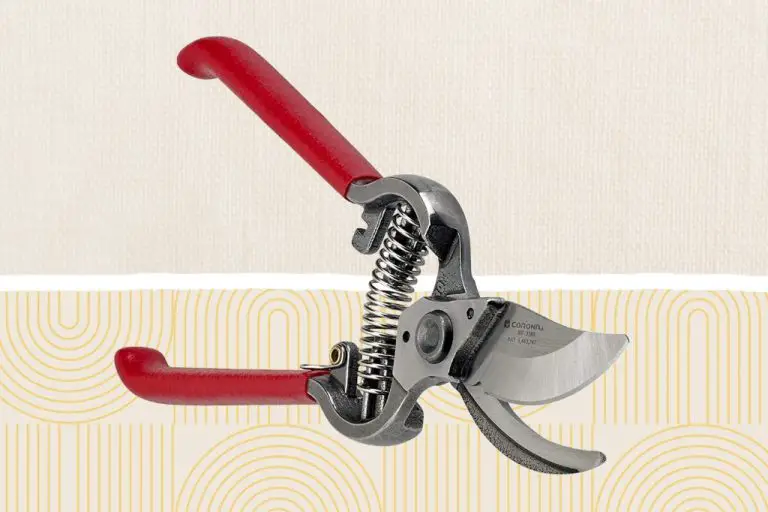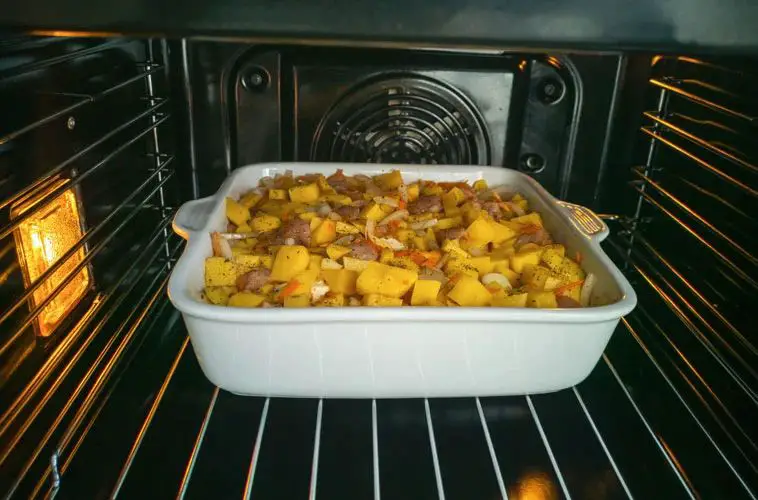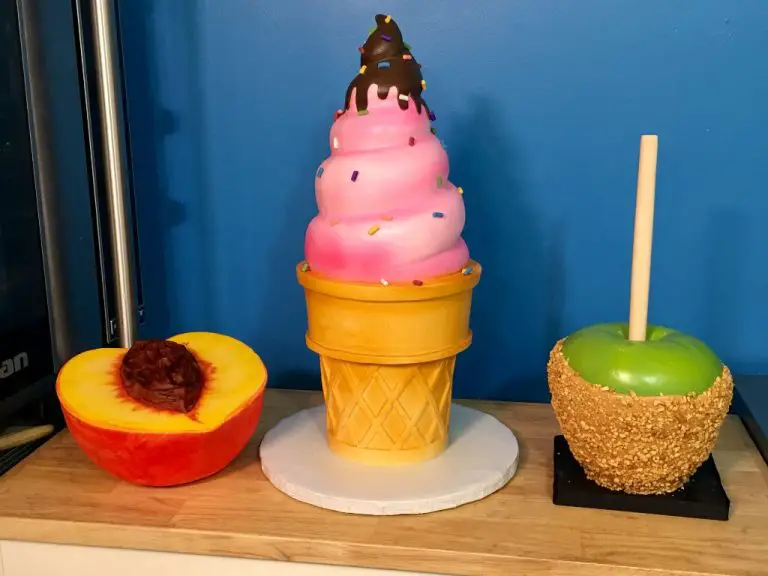What To Do If My Clay Is Sticky?
What Causes Clay to Become Sticky?
There are a few key factors that can cause clay to become sticky and difficult to work with:
Moisture Content
The moisture content of the clay has a big impact on stickiness. Clay contains tiny particles that absorb water. When the clay has too much moisture, these particles can’t absorb anymore and it results in a sticky surface.
Clays with higher grog or non-plastic content tend to accept more water before getting sticky. But in general, excessive moisture is a common reason clay becomes sticky and hard to handle.
Type of Clay
Some types of clay are inherently more sticky than others. Clay bodies with high plasticity or high clay content tend to be more prone to stickiness.
Clays like stoneware or porcelain have larger particles and lower plasticity, making them less sticky. But clays like earthenware or terra cotta have finer particles and higher plasticity, increasing their natural stickiness.
Temperature
The ambient temperature impacts how quickly moisture evaporates from the clay. In higher temperatures, moisture evaporates faster, which can lead to an overly dry and sticky surface.
Working with clay in very cold conditions can also increase stickiness, as the clay particles don’t flow and separate as easily when cold.
Test Clay Stickiness
There are a couple simple tests you can do to determine if your clay is too sticky:
Ribbon Test
Take a small piece of your clay and roll it into a coil or snake shape. Hold it up and see how easily it drapes over your fingers. If it flops over immediately, your clay has a good level of flexibility. If it stays rigid or breaks, it’s likely too dry. Sticky clay will slowly sag and not hold its shape well.
Ball Test
Form your clay into a smooth ball. Press the ball onto a flat surface like a table or ceramic tile. Try to lift just the ball off the surface without distorting its shape. If it comes off cleanly, the clay is a good consistency. If it sticks and pulls up, it’s too wet. You may need to add a bit more dry clay or an absorbent material.
Doing these simple hands-on tests with your clay is the best way to assess stickiness before you begin sculpting.
Store Properly
Proper storage is key to preventing clay from drying out and becoming overly sticky. Clay is hygroscopic, meaning it absorbs and releases moisture from the environment. To maintain consistent moisture content, store clay in airtight containers. Plastic bags, Tupperware, and bins with tight lids work well. Make sure to press out any air before sealing the container so no moisture can escape.
Additionally, store clay in an area with a constant, cool temperature around 60-70°F. Avoid storing clay in places with temperature fluctuations like near heating vents, direct sunlight, or in non-climate controlled sheds or garages. The expansion and contraction from temperature changes can cause clay to become dry and crack or get overly soft.
With proper airtight and climate controlled storage, clay’s moisture content will remain stable. Then whenever you need to use it, the clay will be in ideal condition and not become overly sticky.
Adjust Moisture
One of the most common ways to adjust the stickiness of clay is by adding or removing moisture. If your clay is too sticky, often it is because the clay contains too much water. To fix this:
- Lay the clay out on a flat, clean surface and allow it to air dry, rotating periodically, until it becomes less sticky. Be careful not to over dry.
- Another option is to bake the clay at a low temperature (110°F for 30 minutes) to draw out some of the moisture.
On the other hand, if your clay is too brittle or dry, you may need to add water:
- Start by misting work surface with water, then knead clay until moisture is evenly distributed.
- If that doesn’t work, add water 1/2 teaspoon at a time until clay reaches desired consistency.
- Wrap clay in plastic when not working to retain moisture.
Test consistency frequently until you achieve the right moisture level for what you are sculpting. The goal is clay that is pliable but not sticky.
Use Release Agents
Using release agents can help reduce stickiness and make the clay easier to work with. Two readily available options are baby powder and cornstarch.
Baby Powder
Baby powder contains talc, which helps absorb moisture in the clay. Lightly sprinkle some baby powder onto the work surface and your hands before handling sticky polymer clay. The baby powder creates a thin barrier to prevent the clay from sticking.
You can also knead some baby powder directly into the clay. Start with just a pinch and add more gradually if needed. Kneading releases excess moisture from the clay. The talc in the baby powder absorbs the moisture to reduce stickiness.
Cornstarch
Like baby powder, cornstarch is an effective release agent for polymer clay. Sprinkle some cornstarch onto your work surface to prevent the clay from sticking as you roll or shape it. You can also knead a small amount of cornstarch into the clay to absorb moisture and make it less sticky.
Cornstarch is often cheaper and easier to find than specialized polymer clay powders. Just be sure to use pure cornstarch without any added ingredients. A little goes a long way in reducing stickiness.
Avoid Overworking
One of the main causes of stickiness in clay is overworking it. When you knead or reshape clay extensively, it can become warm and soft, which leads to stickiness. Avoid handling the clay more than necessary.
Instead of vigorous kneading, fold or gently press the clay. Work slowly and methodically. Rewet your hands frequently as needed. The more you can limit handling the clay, the less chance it has to become sticky from warmth and overworking.
Choose Your Clay Type
The type of clay you choose can impact stickiness. There are two main categories of clay: polymer and natural. Polymer clays like Sculpey and Fimo are made from PVC mixed with plasticizers to make them flexible. Natural clays like pottery clay contain natural minerals. In general, polymer clays tend to be less sticky and easier to work with than natural clays.
Plasticine, a brand of modeling clay, is extremely sticky. It’s designed for modeling and not baking, so contains lots of oils to keep it pliable. Ceramic clays for pottery are somewhat sticky, especially when wet. The minerals absorb moisture, causing stickiness. Letting ceramic clay dry out some can reduce stickiness.
Polymer clays are formulated to avoid stickiness. Brands like Sculpey and Fimo add ingredients to reduce friction and release easily from your hands and tools. Opt for polymer clays if stickiness is frustrating you. Or try a clay blend with less natural minerals.
Use Tools
Clay tools can be very helpful in keeping your clay workable when it starts to become sticky. Here are some of the most useful tools to try:
Clay Roller
Using a clay roller is an easy way to compress and smooth out sticky clay. Clay rollers are usually acrylic rods, but you can also use rolling pins, glass bottles, or other cylindrical objects. Roll over the surface of the clay to flatten it out and press the clay particles together. This helps remove air pockets that can cause stickiness.
Sculpting Tools
Tools like loop tools, ribs, and metal scrapers make it easier to manipulate sticky clay without it glomming onto your fingers. Use these rigid tools to slice through and smooth out the clay. Scraping clay with a metal rib or loop tool takes pressure off your fingers. Having a variety of sculpting tools gives you more options for handling difficult clay.
Try Textures/Molds
One way to reduce stickiness and make clay easier to work with is by altering the texture. For example, you can add materials like sand to create a grittier texture that doesn’t stick as much. Start by mixing in just a small amount of fine sand and knead it thoroughly into the clay. The sand particles will separate the clay, reducing stickiness. You can continue adding more sand until reaching the desired texture. Just be careful not to add too much or the clay can become too crumbly and difficult to hold its shape.
Another option is switching to plasticine-based clays like Van Aken’s Plastalina. Plasticine clays contain waxes and oils that make them inherently less sticky. The texture is smooth and they won’t glom onto hands, tools or surfaces as much as pure clay. Just keep in mind that plasticine can’t be hardened by firing or baking. But for modeling and sculpture, it’s an easy to work with and non-sticky clay alternative.
Accept Some Stickiness
Part of working with clay is accepting that a certain amount of stickiness is inevitable. All types of clay contain water, which helps bind the particles together and allows the clay to be molded. However, this moisture content also creates a level of natural tackiness.
While measures can be taken to reduce extreme stickiness, having clay be completely non-adhesive is not realistic. Expecting clay to have a perfectly smooth, dry texture perpetually can lead to frustration. Instead, anticipate working with a material that has an inherently sticky quality at times.
Take regular breaks while sculpting to give your hands a rest from the clinging clay. Wipe off excess clay that accumulates on your hands and tools. Rewet areas of clay that become too dry and brittle. Remind yourself that some stickiness is part of the process.
With the right techniques and expectations, clay’s sticky texture can be managed sufficiently to create beautiful, fun projects.



